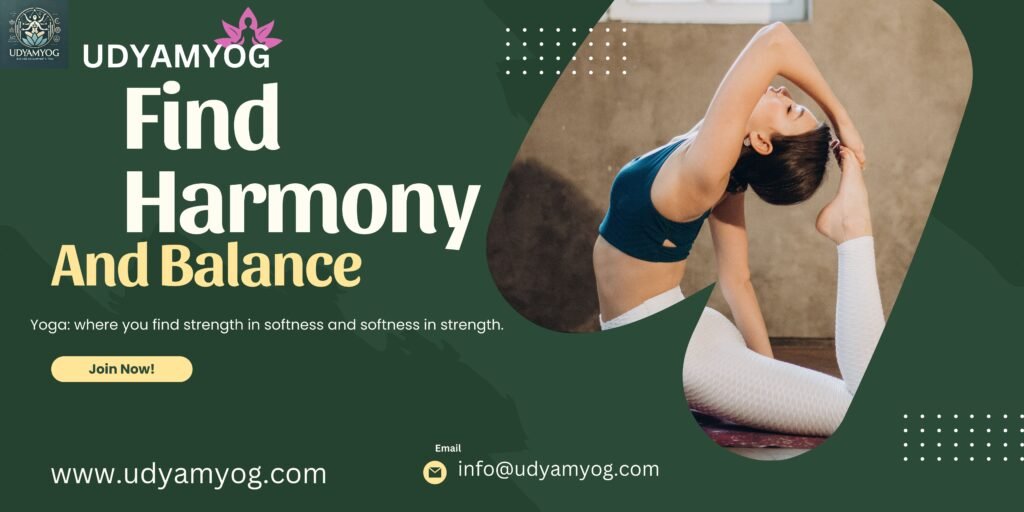How to Start Yoga for Beginners at Home:
If you are interested in beginning exercising with yoga in the comfort of your own home, then you’ve already begun making a positive change to your life. Yoga means not only a kind of physical exercise; it is a process that helps to unite body and mind, to calm, and to strengthen. The best part? It does not necessarily require a high-tech studio or costly apparatus to proceed with a music recording. All you need is a small space, at least a few minutes each day and some online help learn how to practice yoga from the comfort of your own home.
Follow through this article to learn all the basics you will need to practice yoga at home; the space you will require, poses for a beginner and other tips for success.
How to Start Yoga for Beginners at Home:
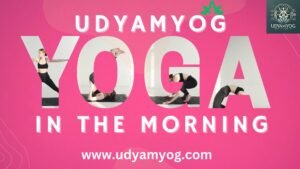
-
Preparing your Home for Yoga Session
However, to get into the poses, it is prudent to find an area in your home to practice yoga frequently. It doesn’t matter how large your house or flat is, you only need to have enough space to move around without knock into something.
Find a Quiet Spot: Pick a single room or no part of a room that will allow you to concentrate without being interrupted. This is why great emphasis is usually placed on ensuring that the location where the exercise is to be done is conducive and there is no disturbance to the individuals involved.
Clear the Area: Ensure as well that there is enough space so that you can comfortably afford to swing your arms and legs. All movable objects, in particular, furniture should be moved aside if it interferes with the goal.
Use a Yoga Mat: The best choice is a non-slip yoga mat so that you would be comfortable and your mat will not slide away all the time. If you don’t have one, a soft carpet or towel can suffice in the meantime.
Add Ambiance: You might want to turn the lights off, or put on some good music, or light a couple of candles.
If one has a private studio at home, the flow achieves consistent practice and creates the psychological state required of a yogi easily.
How to Start Yoga for Beginners at Home:
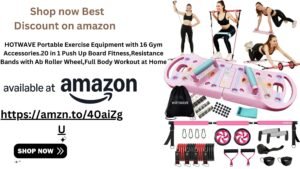
-
Yoga Equipment Necessary for a Yoga new comer
I said it in the beginning and I’ll say it again – Yoga is uncomplicated when it comes to equipment. You don’t need a lot to get started, but here are some basics that will enhance your practice:
Yoga Mat: Make sure you purchase a good quality mat that has enough traction when needed during the exercises particularly those exercises that involve balancing.
Yoga Blocks: These can be used to some extent to make adjustments on poses and also to add support during flexibility.
Yoga Strap: A strap deals with stretching and enables you to get further into your positions in a secure way.
Comfortable Clothing: Clothing one has to put on in the class should be those that can be recognized easily, well aerated, stretchable such that during dancing one does not get restricted in any way. Do not wear anything that is either tight or too loose on you.
-
Here is the First Step: Freedom from Fear
Technically, you might say the yoga is as much mental as physical. As you get ready, know why you are going to practice. Whatever the objective may be – be it flexibility, low stress levels, or strength – a goal will come in handy in keeping you focused.
Focus on Progress, Not Perfection: Yoga is a personal journey. It is not about how you are now, how supple or muscular, what counts is that you are willing to change.
Practice Mindful Breathing: Yoga employs some physical exercises of breathing (Pranayama), Calming exercises to the mind energizes the body. When dancing, attempt to synchronize your actions with your breathing, always breathe out when conducting any movement.
Be Patient: It is in the same, if not worse, for a company at the beginning of its developmental process. You just have to accept it or believe in the process and also wait for the result.
How to Start Yoga for Beginners at Home:

-
Beginner-Friendly Yoga Poses
If you are just beginning your practice of yoga at home, concentrate on the fundamental poses which will improve your strength, flexibility and balance. Here are some beginner-friendly poses to get you started:
-
Mountain Pose (Tad asana)
Mountain Pose is another standing position which helps the practitioner to build up better posture, balance as well as concentration.
Steps
- Do the stand-up dance with your feet placed side by side, your arms resting at your sides.
- Step on the ground firm and squeeze your thigh muscles.
- Stand up tall, and take your shoulders up and back while moving your chest forward.
- Drop your chin towards the floor, and take 5 to 10 deep breaths.
-
Child’s Pose (Bal asana)
The Child’s Pose is also a resting pose that extends for the back as well as the hips, and is relaxing for the mind.
Steps:
- Start on your hands and knees with your heels sitting beside each other and your knees above the instep.
- Kneel and then collapse your bum on your feet and bend your head to touch the ground.
- Let your arms hang in front of your body or at the side of your body.
- Take a deep breath then stay here for 1-2 minutes and while exhaling, focus on relaxing each part of the body.
-
Cat-Cow Pose or otherwise known as Marjaryasana-Bitilasana
Cat-Cow is a kind of transition move from one position, which is cat, to the other position that is cow helpful in loosening muscles and joints in the spine area.
Steps:
- Begin on your stomach and your hands on the floor with your wrists aligned over your shoulders and your knees on the floor with the knees aligned directly under the hips.
- Exhale and round your back, tuck in your chin and buttocks (thus getting back to the starting position – Cat Pose).
- Breathe out, arch your spine and try to bring your chin towards your chest (known as cat pose).
- Perform this flow for 5 to 7 cycles of breath, matching the movement to your breath cycle.
-
When it comes to the positions, there’s nothing more familiar than Downward Facing Dog.
Downward Dog is one of the principal positions in yoga that helps to stretch the whole body, tightens the muscles of the arms and legs, increases blood circulation.
Steps:
- Begin from your four-technical position with your palms on the ground parallel to the shoulders, and your knees to a level with your hips.
- Inhale and gently press your hands into the mat, flex your feet, and walk your hips up towards the ceiling and back into downward facing dog.
- Avoid locking your knees but, you can aim to improve the space between the base of your skull and the top of your pelvis.
- Pause for 5-10 seconds of inhaling and exhaling techniques, deep and long.
-
Cobra Pose (Bhujangasana)
Cobra Pose is a relatively mild back bending asana that improves strength of the spine, while stretching the chest and shoulder muscles.
Steps:
- Starting position is prone, lying on the chest on the mat with arms posited beneath the shoulders with the legs stretched back.
- Onwards — for your air — you involve your hands and press them against the floor; your chest has to lift off the floor while your elbows remain slightly bent at the back.
- Do not look at the screen directly nor strain the lower back region.
- Take several breaths for 3-5 seconds then let go slowly.
-
Warrior I (Virabhadrasana I)
Warrior I is an intermediate posture that targets the legs and offers a nice stretch to hips and chest area.
Steps:
- Starting from Mountain Pose, slide your left foot backward distancing it about 3-4 feet from the other.
- In later position flex at the knee only in front so that the angle is ninety degrees whereas the back leg is to be straight forward.
- Take your arms up as high as you can reach with your elbows flared to the side, your hips are facing the front of your mat.
- Have your loyal Nasal Breathing partner hold it for 5-10 breaths before switching.
- Breathing and Meditation in the Fusion of Body and Mind
Pranayama, of course, is also a part of the yoga process; it concerns the control of breath. It’s useful in that it assists in finding inner peace, reduces stress and increases concentration. Here’s a simple breathing technique to practice:
Deep Belly Breathing: This is the time to be seated comfortably and with straight posture to help you take deep breaths through your nostrils. Breathe in through the nose tapping the stomach, then breathe out through the mouth and relax the diaphragm. Repeat for 1–2 minutes.
As another exercise you can use the breathing techniques then proceed to do a short session of meditation. Find a mantra that would allow you to stay calm and focused – it could be your racing heartbeat, or the words “I am strong” or “Om.”
How to Start Yoga for Beginners at Home:
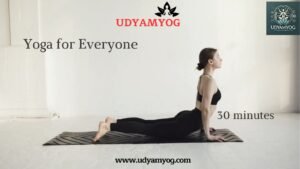
-
Create a Yoga Routine
Regular practice is a key to getting all the benefits that come with practicing yoga. You don’t have to do it for hours of daily practice – even 15-30 minutes is enough, especially if you are a beginner. Here’s how to create a balanced routine:
Start with a Warm-Up: Start with the motions that are mild like Cat-Cow to start stretching of muscles.
Incorporate Standing Poses: The correct exercise such as the Warrior 1 and Downward Dog can help to tone the body and increase flexibility.
End with Relaxation: End your session with Child’s Pose or even a few minutes of meditation to calm the entire body and the mind.
-
Tips for Success
As you start your yoga journey at home, keep these tips in mind:
Listen to Your Body: Try not to bend your body to the extent that will cause you some form of discomfort and pain. Same thing with poses; change them or add props if necessary.
Stay Consistent: Ideally, you should actually practice a few times per week. It’s all right if you cannot practice for an extended period; it is wiser to practice the same thing for a shorter duration every day.
Focus on Breath: In as much as you’re dancing, always link your breath to what you do. Breathing exercises could be really helpful in controlling the Foro dorsale as they help to reduce stressing the mind and get connected to the present details.
Seek Guidance When Needed: Try using videos, apps, or virtual classes that will help you learn how to do the exercises right in order to avoid injuries.
8.Yoga for Home practice
Yoga at home offers several benefits:
Convenience: It allows itself to be done at your own time and convenient, and does not depend on studio class schedules.
Privacy: Training inside one’s own environment guarantees a certain level of comfort and frees you from concerns about flexibility.
Personalization: You can pick what type of yoga experience you want- strength, flexibility, or calmness.
How to Start Yoga for Beginners at Home:

Conclusion
It is very beneficial to start practicing yoga at home and would greatly benefit most people’s physical and mental well-being. As little as 10 square meters of space, simple props and the willingness to change your outlook on life, it is very easy to incorporate yoga into your lifestyle. Pay attention to basic asana, your sensations and your breath to develop a practice that serves your spirit, your physical being and your heart.
Yoga is a process and it takes its time-it does not serve to rush. Accept each position, each inhale and exhale as you move forward and you will discover that yoga has become a precious part of your life.
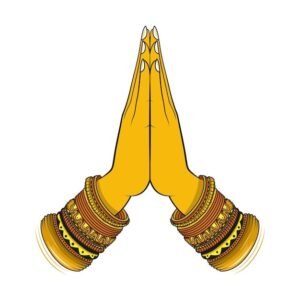
Namaste!
www.udyamyog.com

